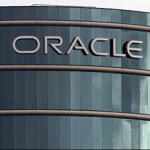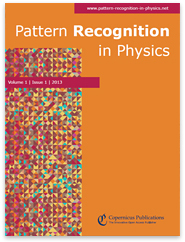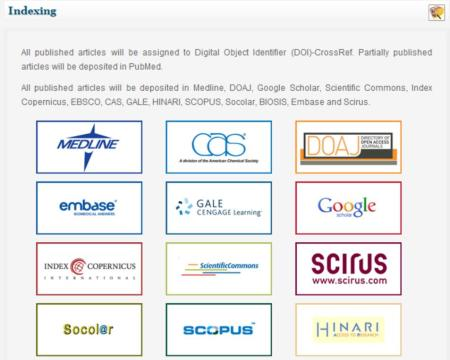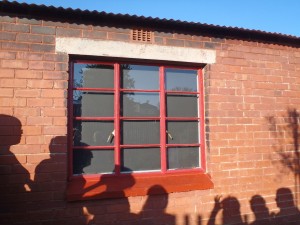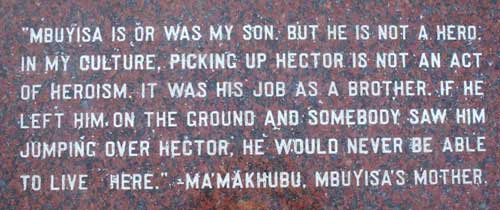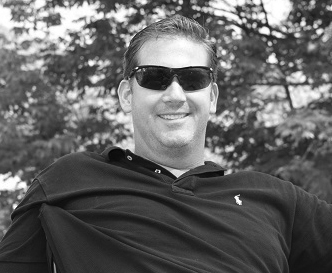Mark Hurd Explains Seattle Business Inefficiencies
Mark Hurd is a seasoned leader who became President of NCR Corporation in 2001, before joining Hewlett-Packard in 2005. Under Mark Hurd’s leadership, both companies began turning profits after he improved efficiency, built stronger business leaders, and eliminated waste. He was named one of Fortune Magazine’s 25 Most Powerful People in Business in 2007.
As an individual, he is well-known for his cost-cutting capabilities and ability to shore up inefficiencies, all while embracing innovation and modernization. Before Mark Hurd designed alternative business methods, he first had to identify what about was inefficient about current processes.
Businesses aim to run flawlessly with no wasted opportunities. The symptoms of an inefficient business include, but are not limited to the following:
- Complaints from customers about poor service or poor product quality
- Frustration and negativity within the work environment
- Work being neglected or duplicated
- Work bottlenecks
- Increased business cost and/or wasted resources
Mark Hurd provides these tips for replacing some of Seattle’s biggest business inefficiencies:
- Document the current processes and analyze it to understand the purpose it was designed to serve.
- Design several new process alternatives, evaluating each one for continued improvements.
- Develop the case for how the alternative is better and develop plan for its approval and implementation.
- Continue to look at alternative processes and remain receptive to the innovative ideas of others.
As a CEO, Mark Hurd appreciates analytical data. Identifying inefficiencies are difficult when processes are not properly documented. This is a greater problem when work is complex and has remained the same for long periods of time. However, Mark Hurd believes this is one of the largest mistakes companies can make because there is no way to quantify the process’s efficiency. Additionally, if businesses do not follow the documented processes then data is unreliable and possibly outdated. This can be very wasteful explains Mark Hurd, because there may be unseen redundancies in a business.
When redesigning processes to increase efficiency, eliminate waste, and cut costs, it helps to speak to people directly involved in the process. Mark Hurd believes it is important to incorporate their ideas and insights into new process designs. After brainstorming and hearing from personal insight, analysis into risks, costs, and effects can be examined.
In the end, resolving inefficiencies may mean cutting labor, changing the roles of management, incorporating technology, or eliminating entire processes completely. Mark Hurd stresses the importance of continued monitoring. The process may take a while to adapt to and further changes may still be necessary.


